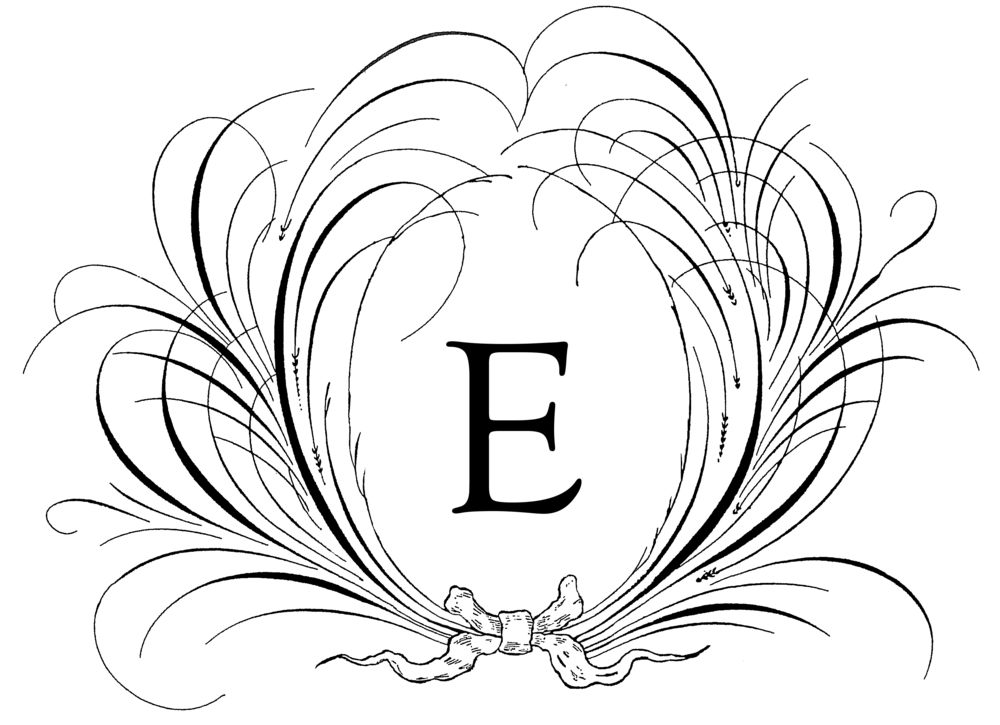Every occupation has it tools and machine embroiderists are no different. Just like hand embroiderers, machine embroiderers use hoops to keep the fabric taut. As hand embroiderers know, sometimes it can be quite difficult to tighten the screw to make the fabric as tight as a drumhead. This precision can make all the difference in whether the embroidery design is a high quality or just fair.
The embroidery machine manufacturers know how critical this is and want their superior machines to always shine even when the embroiderist may be lacking the strength to tighten that hoop, thus they have been providing hoop screwdrivers for years. However, this last upgrade produced a new device that was quite innovative. They now provide new embroidery machine owners with a multi position screwdriver.
The screwdriver technically has three positions, and all three positions can be used to tighten the the hoop, but only position “3” grips the screw and does not allow it to slip, so this is the best option for tightening the hoop.
Position "1" is designed primarily for tightening the needle or the feet.
Whereas, position "2" ideally was made for the screws in the metal plate around the feed dogs.
The previous screwdriver looked like a flat piece of metal. Inevitably it would slip while tightening and was difficult to get a grip. However, the old screwdriver is still great for all the other functions, because it gets into the small spaces so nicely.
You can own the multi position screwdriver without having to own the newest embroidery machine. They are fantastic. No more sore fingers!
This new screwdriver is a bit pricey to buy at the retailer, but it is worth every penny.
What do you think of the multi position screwdriver for embroidery machines?












